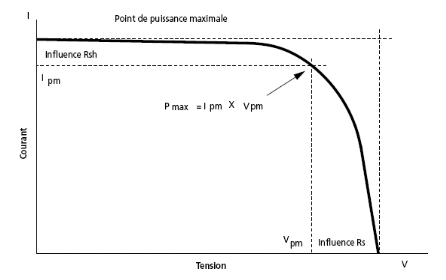In particular with regard to a panel which is in overproduction (supposedly) and which is connected to a device which consumes almost nothing.
I heard everything: the panel will burn, the weakest element slams, there is no juice flowing if the device is plugged in but stopped but also the opposite etc.
We pass on the photoelectric effect which is the principle ...
Precisely what is produced?
Constant voltage, variable intensity (voltage generator)?
A variable voltage, a constant intensity (current generator)?
Or both vary constantly depending on the brightness (generator of chaos?
In short what to connect or not to connect and how to connect it?
Ex: live, or not, with a battery or not, a converter will it burn or not etc ...
I don't understand anything anymore, I swim in plain confusion !!!





